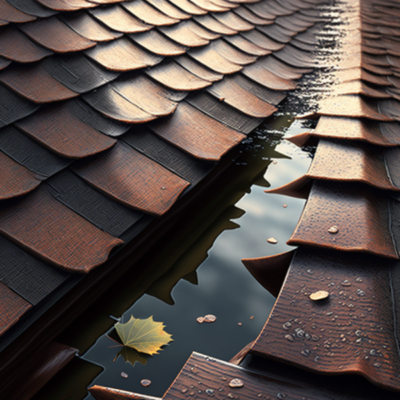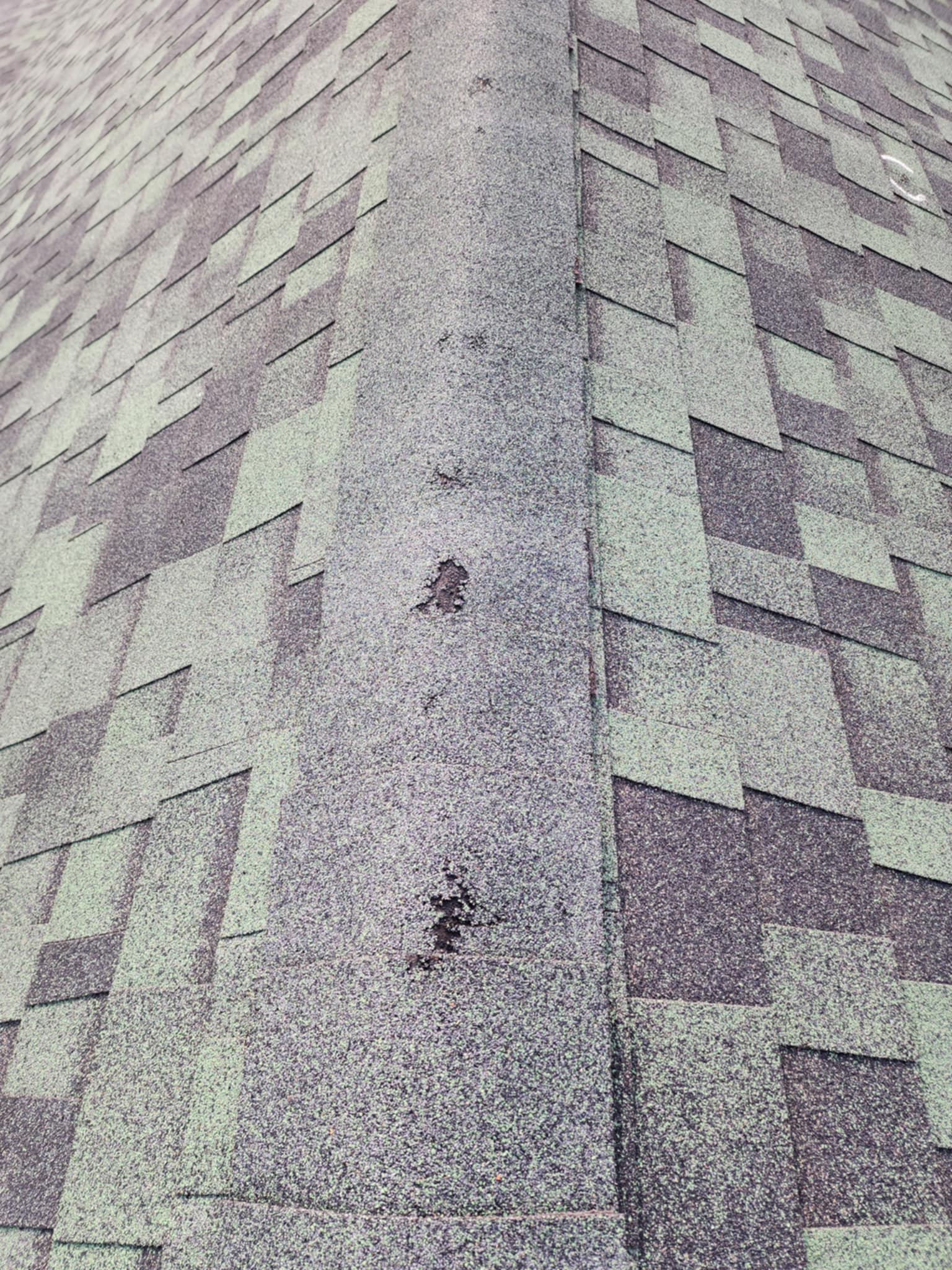Don’t let a damaged roof ruin your home this rainy season. Check out Texas Roofing’s latest blog post to learn about the top five signs your roof needs repair before the rain starts pouring down. Our expert team can assess any damage and recommend the right repairs to keep your home safe and dry. Contact us today to schedule a roof inspection. #TexasRoofing #RainySeason #RoofRepair #HomeMaintenance
Living in San Antonio, Texas, we all know that the rainy season is just around the corner. While we all enjoy the much-needed rain, it can also cause some serious problems for our homes, particularly our roofs. That’s why it’s important to identify any potential issues with your roof before the rainy season arrives. Here are five signs that your roof needs repair before the rainy season:
-
1. Water Stains on Your Ceiling
Water stains on your ceiling or walls are an unmistakable sign that water is penetrating your home through your roof. Ignoring the issue can lead to serious water damage to your walls, floors, and furniture. Moisture can also promote the growth of mold, which can cause health problems for you and your family. That’s why it’s crucial to address water stains on your ceiling or walls as soon as you notice them, and get your roof inspected by a professional roofing contractor like Texas Roofing to identify the source of the problem and fix it before it causes more damage.
-
2. Missing or Damaged Shingles
Missing or damaged shingles can cause water damage to your roof and eventually lead to costly repairs. As the first line of defense against the elements, shingles are designed to protect your roof from rain, wind, and hail. However, if they become damaged or go missing, water can seep through the gaps and cause significant harm to the underlying layers of your roof. This can result in leaks, rot, and mold growth, which can be harmful to your health and costly to repair. Keep an eye out for shingles that are cracked, curled, or missing altogether, and contact a professional roofing contractor like Texas Roofing to assess the damage and make the necessary repairs. Don’t wait until it’s too late and water damage has already occurred.
-
3. Sagging Roof
A sagging roof is a cause for concern as it may indicate significant damage to your roof’s structure. This damage could be the result of various factors, including prolonged exposure to weather elements, poor installation, or water damage. It’s essential to address this issue promptly as it could lead to significant structural damage to your home, which can be both expensive and dangerous. A sagging roof can cause problems with your home’s walls, foundation, and even your home’s structural integrity, making it crucial to seek the assistance of a
professional roofing contractor to evaluate and repair your roof. -
4. Granules in Your Gutters
Asphalt shingles are an excellent roofing material that can withstand extreme weather conditions, including rain and wind. The granules on the surface of the shingles play an essential role in protecting your roof from the elements. These granules are composed of minerals such as ceramic and provide UV protection, fire resistance, and improved aesthetics.
However, over time, the granules on your shingles can wear out, which can lead to a buildup of granules in your gutters. This buildup can be an indication that your shingles are reaching the end of their lifespan and may need to be replaced.
Ignoring the granules in your gutters can lead to significant issues for your roof. When the granules wear off, the shingles can become exposed to the elements, causing them to break down more quickly. This can result in water seeping through the cracks and gaps in the shingles and eventually causing water damage to the underlying layers of your roof.
Additionally, a buildup of granules in your gutters can lead to clogs, which can cause water to overflow and damage your home’s foundation. Water overflow can also lead to soil erosion and damage to your landscaping. Therefore, it’s essential to keep an eye out for granules in your gutters and contact a professional roofer if you notice any signs of wear and tear on your shingles.
-
5. Increased Energy Bills
If you’ve noticed a sudden spike in your energy bills, it could be an indication of a much bigger problem. A poorly insulated roof could be the culprit, and it can lead to significant energy loss and higher utility bills. The reasons behind a poorly insulated roof can be manifold, including improper installation, inadequate ventilation, or even damage to the underlying layers of your roof.
One of the most significant factors contributing to high energy bills is poor insulation. When a roof isn’t insulated correctly, it can cause warm air to escape during the winter and enter during the summer. This can lead to your heating and cooling systems working harder than necessary, resulting in a spike in your energy bills.
Another common cause of poor insulation is inadequate ventilation. When a roof is poorly ventilated, it can lead to moisture buildup in your attic, which can damage your roof’s structure and cause water damage to your home’s interior. It can also create a perfect breeding ground for mold and mildew, leading to poor indoor air quality and potential health hazards.
Finally, damage to the underlying layers of your roof can also cause poor insulation. If your roof has been damaged by a storm or has missing or broken shingles, it can lead to leaks and water damage, ultimately causing damage to your home’s insulation.
To combat the problem, it’s crucial to schedule regular roof inspections and maintenance. Professional roofing contractors can assess the state of your roof and identify any potential problems before they escalate into more significant issues. They can also advise on the best insulation materials and techniques to ensure your roof is adequately insulated and energy-efficient. In the long run, investing in proper insulation can help you save significantly on energy bills and avoid costly repairs due to water damage or structural damage to your home.


